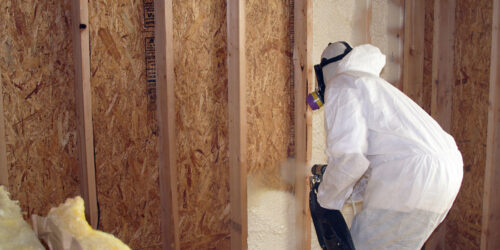A Complete Guide to Loft Insulation
- Substantial savings on your energy bills
- Loft insulation is quick and easy to install
- Keep the heat in your home
Did you know that an uninsulated roof can account for a quarter of heat loss in your home? By insulating your loft or flat roof, you are effectively reducing heat loss and therefore minimising your heating bills.
If installed correctly, loft insulation should pay for itself time and time again over a 40-year period.
So if you’re thinking about loft insulation, you want to make sure you’ve read up on all the details which is why we’ve created a complete guide to loft insulation.
Here you will find out the benefits, different types of materials, key tips, and loft insulation costs.
Need insulation? Use our quote comparison tool to find out how much you'd pay. It only takes a minute.
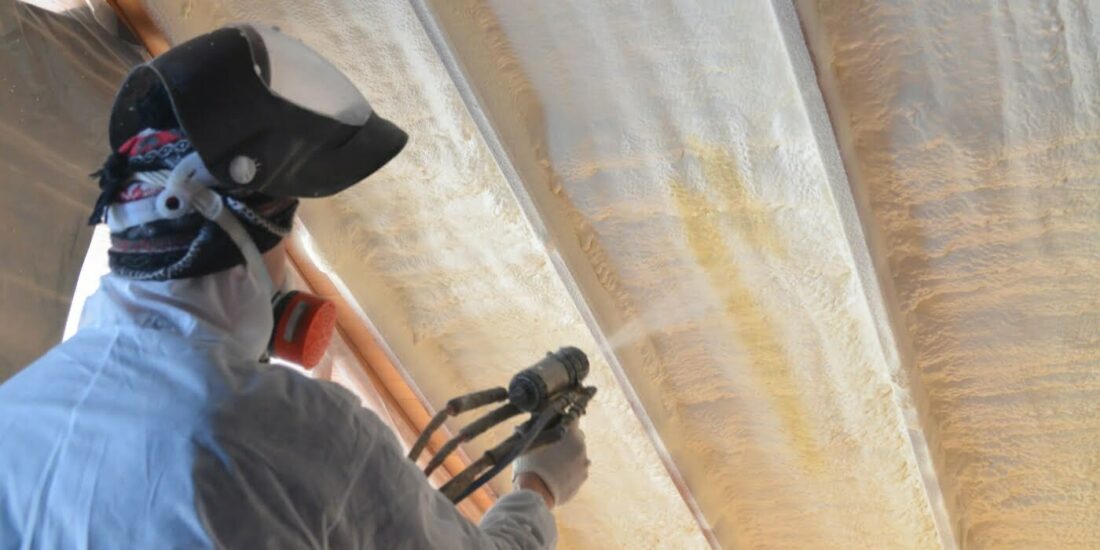
What's On This Page?
Click the links below and head straight to a specific section of the article.
What Is Loft Insulation?
Loft insulation is a material that acts like a barrier in your roof which then traps heat. It can be laid between the horizontal beams along the floor of your loft (known as joists) or the angled beams supporting the roof (rafters).
Benefits of Loft Insulation
Insulation will not only warm your home in the winter, but keep it cool in the summer. If you place loft insulation between the joists, it will retain the warmth in your home but create a cold loft. Whereas insulation in the rafters will allow you to keep warmth in the roof space as well.
Other benefits of insulation include:
Increasing your home’s value
Lowering your heating bills
Improving your home’s energy efficiency rating
Factors to Consider When Installing Loft Insulation
Storage space
Damp
Warmth
Rooms
Ventilation
Accessibility
Flat roofs
Storage Space
If you plan on using the loft for storage space, you will want to lay boards across the joists before you fit loft insulation. Unfortunately, if you only insulate between the joists before laying down the boards, the insulation won’t be enough.
To ensure you get enough insulation (270mm), you can raise the level of the floor to fit enough mineral wool beneath. In order to do this, you can lay timber battens across the joists, or you can fit purpose-built plastic feet on the joists to support the new floor.
Leaving a ventilated air gap between the loft insulation and the boards is important because it prevents condensation on the underside of the boards. Avoid squashing the mineral wool when fitting the boards on top, as this will decrease the insulation’s effectiveness.
Damp
By insulating your roof, you will prevent heat from escaping from your living space and make your loft considerably colder. This could potentially increase any existing damp or condensation issues, so if you are installing loft insulation yourself, please bear in mind that you may need to increase ventilation to avoid this.
Before doing anything, it is worth seeking professional advice first to see if you can fix any existing issues concerning damp or condensation.
Warmth
There is an alternative way to insulate your loft, you can use rigid insulation boards, scaled to size and placed between and over the rafters. Alternatively, you can use spray foam loft insulation sprayed between the rafters.
Whichever method you use, this is not a DIY job and would require a specialist to insulate your roof. Here are some pros and cons:
Pros
The loft will be warmer than if you used standard joist insulation, so you wouldn’t need to worry about pipes freezing
You can lay boards down on the floor to create storage without having to raise for ventilation
Cons
Insulating rafters is considerably more expensive than placing loft insulation between joists
As well as insulating the roof, you would have to insulate any surrounding areas, such as gable walls, party walls and any chimneys in the loft space. Leaving these uninsulated will allow the heat to bypass your new insulation, making it ineffective
Rooms
If you want to convert your loft into a room, or it’s already being used as a living space, then you need to ensure that all the walls and ceilings between heated and unheated rooms are insulated.
Sloping ceilings can be insulated in the same way as using insulation boards on the rafters but with an added layer of plasterboard on the inside of the insulation. Vertical walls can be insulated the same way.
Flat ceilings can be insulated like a standard loft by laying boards across the joists. Make sure to insulate the wall and ceiling around any dormer windows and use high performance or double glazing for any windows or skylights.
Similar to loft insulation in the rafters, this isn’t a DIY job and would require a specialist to ensure the insulation is professionally done and that proper ventilation is provided where needed.
Ventilation
A house needs a steady amount of air flow so it stays fresh, dry and looking healthy. A professional installer will make sure not to block or seal any intentional ventilation. If you are doing DIY, make sure that you don’t cover any vents, grilles or airbricks.
Accessibility
If it’s difficult to access your loft, you can have what’s called blown loft insulation installed by a professional. They will use specialist equipment to blow insulation materials such as mineral wool fibre or polyurethane foam into any difficult spaces.
Flat Roofs
Flat roofs should preferably be insulated from above. A rigid insulation board can be added on top of the roof’s weatherproof layer or placed directly on top of the roof surface, with a new weatherproof layer added on top of the insulation.
The best time to install is when the roof covering needs replacing, as it’s now a requirement for flat roofs to be insulated to comply with building regulations.
Although it is possible to insulate a flat roof from underneath, it can lead to condensation issues if handled incorrectly.
Installing flat roof insulation could save you a similar amount on your heating bills as loft insulation but will vary depending on how much of the house has a flat roof.
Types of Insulation
Spray Foam Loft Insulation
Spray foam is installed by a professional, who will mix the product when on site at your home.
When mixed together, a thick liquid foam is then sprayed out from the insulation equipment and expands quickly to fill gaps and hardens into a thick sheet. Here are some pros and cons to spray insulation:
Pros
Good heat insulation
Can be used for soundproofing
Resilient to mould and other bacteria
Forms an airtight seal
Durable
Easy to install
Some spray foams are eco-friendly, with no toxic emissions
Cons
Requires a professional which will add to installation costs
Can shrink in extreme temperatures (unlikely in the UK)
Some spray foams contain nasty chemicals - avoid those containing formaldehyde, HCFC, CFC or HFA
Mineral Wool
Mineral wool is made up of yarn, spun from glass or rock wool.
The yarn forms into a fibrous matting which commonly comes in large rolls, or “batts”, before being rolled into the gaps between loft joists.
Loose yarn can be used for blown insulation and tackles difficult spaces. Here are some pros and cons to mineral wool.
Pros
Good at retaining heat
Long term insulation
Can be used for soundproofing
Cheaper than other insulation materials
Non flammable
Doesn’t absorb moisture (no mould)
100% recyclable
Decreases carbon footprint
Cons
Can cause skin irritation - make sure you wear gloves when installing
Has a lower heat storage capacity, meaning it won’t keep your house as cool in summer
Sheep’s Wool
If you want all natural loft insulation, then sheep’s wool is the number one choice. It’s very popular, can be arranged into rolls or large tiles and great at keeping in heat. Here are a few pros and cons.
Pros
Great at keeping in heat
Can be used for soundproofing
Easy to process
No skin irritation
100% recyclable
Non flammable
Doesn’t absorb moisture (no mould)
Cons
Exposure to insects such as moths that could cause damage - needs to be treated with chemicals.
More expensive than other insulation materials
DIY Insulation
If you’re considering insulating your loft yourself, it is possible and can be relatively simple, based on the following factors:
Easy to access your roof space
No damp or condensation issues
Loft joists are regularly spaced
You’re not insulating a flat roof
For anything more complicated, it’s best to bring in a professional who knows how to fit loft insulation effectively. Flat roofs should always be insulated by a professional, and if the area is damp you’ll need to fix first before starting on any insulation work.
If you live in a home that was built using local traditional stone or other materials, make sure to use the materials and correct method of insulation.
Otherwise, your home might not keep in the heat, or ventilate the way it’s supposed to. It may even be better to hire someone who’s trained in working with this particular type of period building.
If you’re thinking of converting the loft into another room then it’s better to seek out professional help.
Summary
This complete guide to loft insulation should hopefully now have given you a better idea of what to look out for. If you'd like a free spray foam quote, just enter a few details and we'll take care of the rest.
Related articles
View all Insulation articles
How Long Does Spray Foam Insulation Last?

Can I Install DIY Spray Foam Insulation Myself?
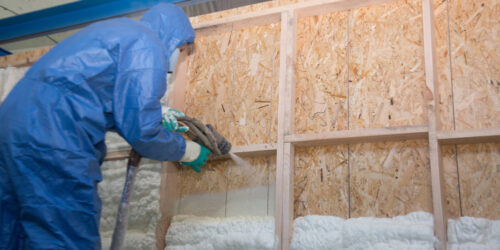
Six Benefits of Spray Foam Insulation
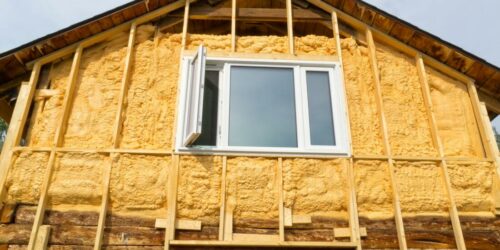
Is My Property Suitable for Spray-On Insulation Foam?

Why Consider Spray Foam Insulation in Roofs?
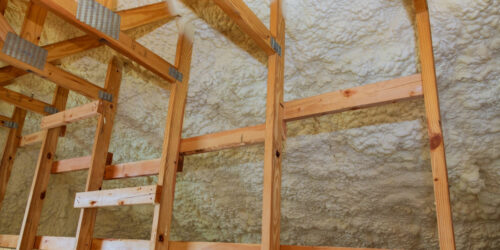
Icynene Spray Foam Insulation: A Complete Guide
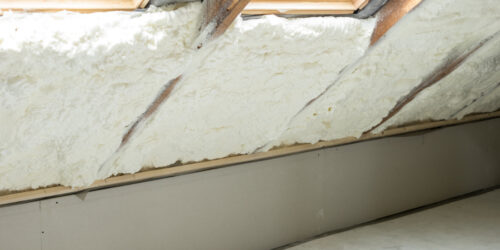
Spray Foam Insulation Installers: What to Expect
